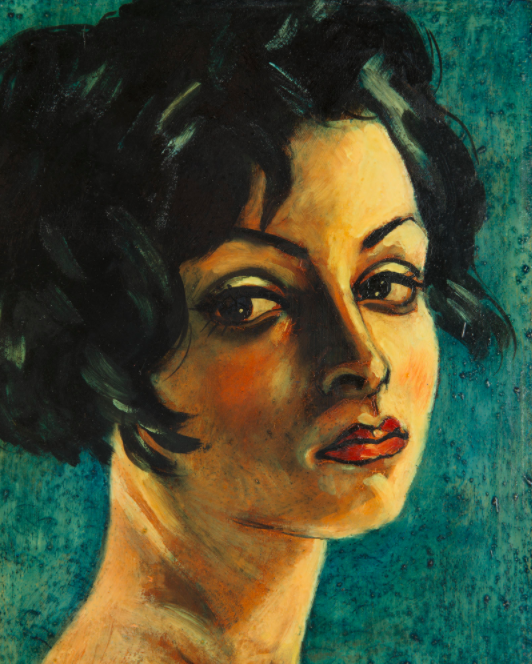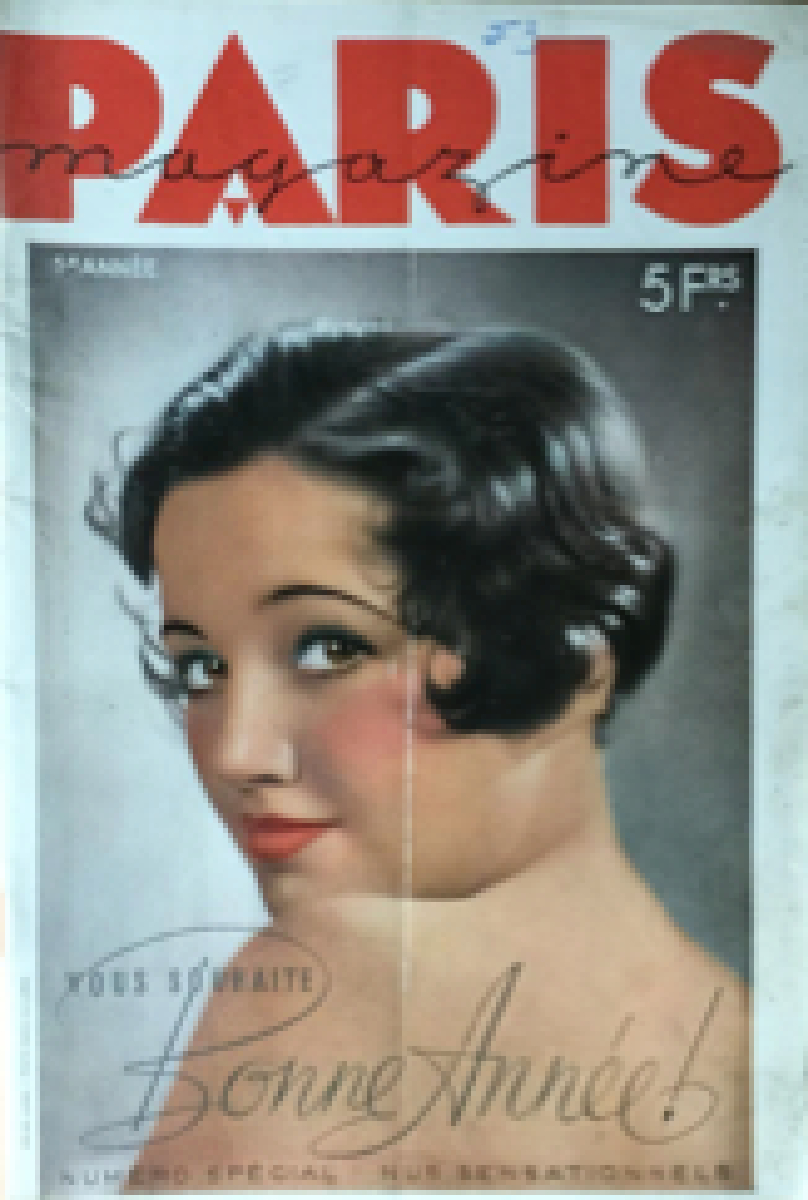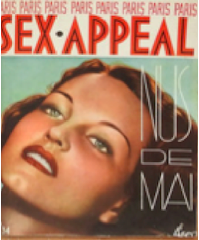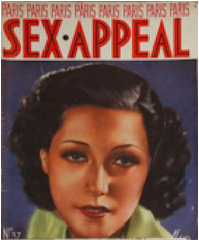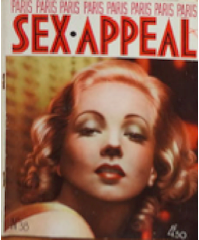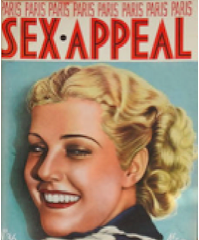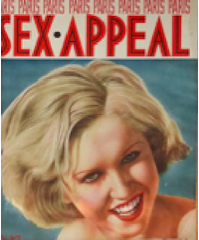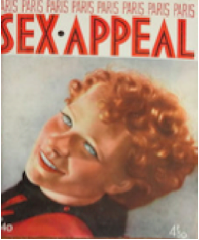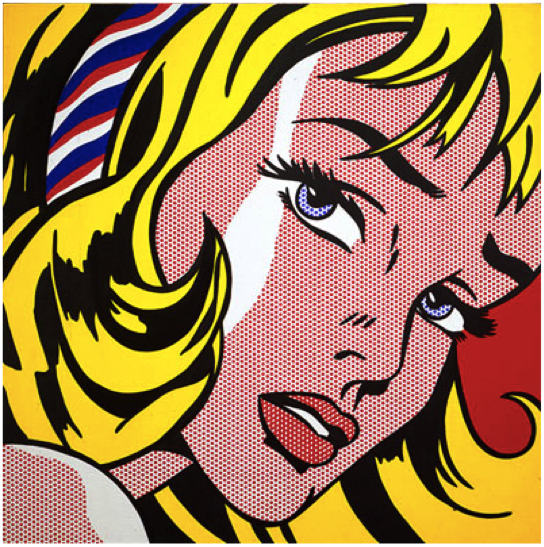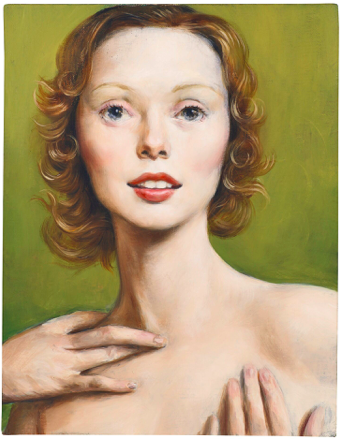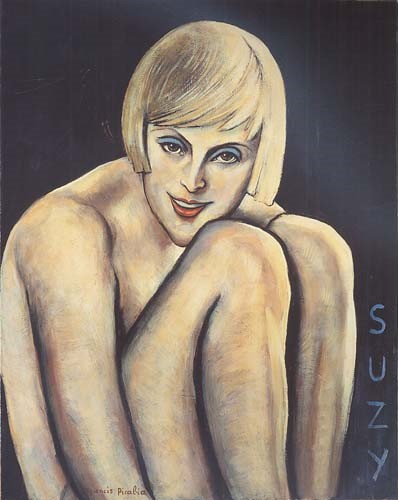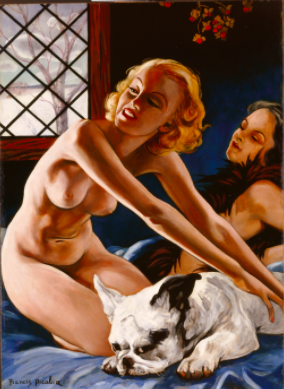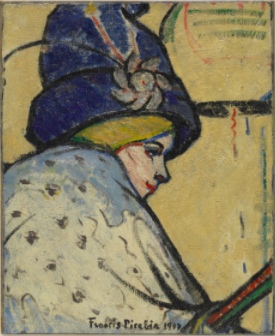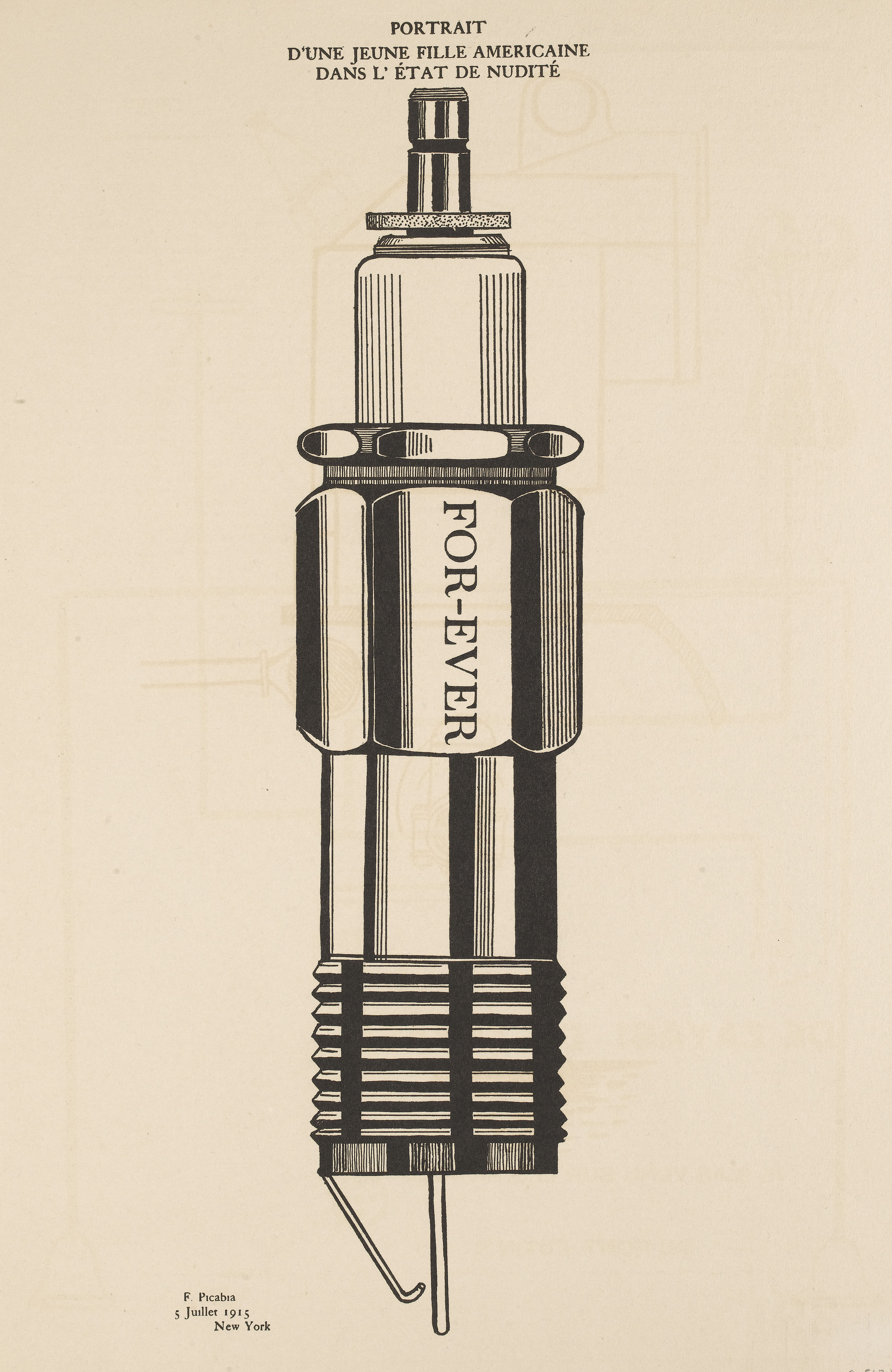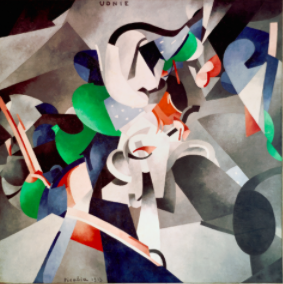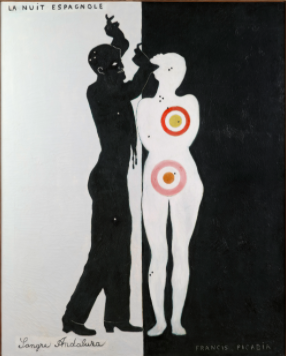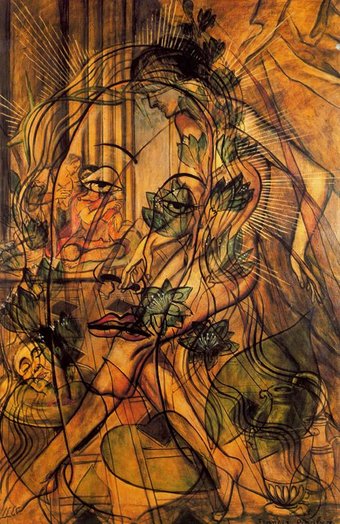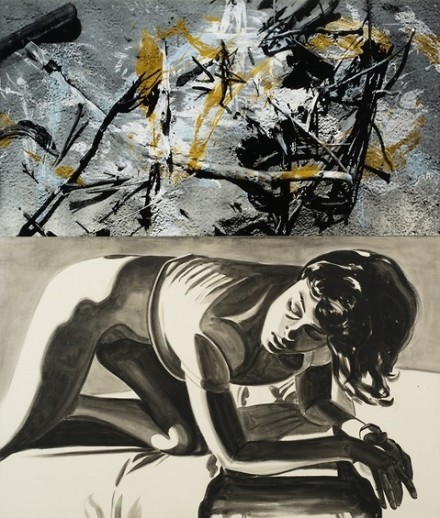20th Century and Contemporary Art Evening Sale
New York Auction 2 July 2020
1
Titus Kaphar
Untitled (red thread lady)
Estimate $40,000 - 60,000
Sold for $187,500
Create your first list.
Select an existing list or create a new list to share and manage lots you follow.
2
Matthew Wong
Mood Room
Estimate $60,000 - 80,000
Sold for $848,000
Create your first list.
Select an existing list or create a new list to share and manage lots you follow.
3
Lucas Arruda
Untitled
Estimate $80,000 - 120,000
Sold for $350,000
Create your first list.
Select an existing list or create a new list to share and manage lots you follow.
4
Helen Frankenthaler
Head of the Meadow
Estimate $600,000 - 800,000
Sold for $3,020,000
Create your first list.
Select an existing list or create a new list to share and manage lots you follow.
5
Joan Mitchell
Noël
Estimate $9,500,000 - 12,500,000
Sold for $11,062,500
Create your first list.
Select an existing list or create a new list to share and manage lots you follow.
6
Christina Quarles
Placed
Estimate $70,000 - 100,000
Sold for $400,000
Create your first list.
Select an existing list or create a new list to share and manage lots you follow.
7
Francis Picabia
Portrait de femme
Estimate $250,000 - 350,000
Sold for $350,000
Create your first list.
Select an existing list or create a new list to share and manage lots you follow.
8
KAWS
COMPANION (DETAIL OF CROWD SHOT)
Estimate $1,200,000 - 1,800,000
Sold for $1,380,000
Create your first list.
Select an existing list or create a new list to share and manage lots you follow.
9
Robert Nava
The Tunnel
Estimate $40,000 - 60,000
Sold for $162,500
Create your first list.
Select an existing list or create a new list to share and manage lots you follow.
10
Jean-Michel Basquiat
Victor 25448
Estimate $8,000,000 - 12,000,000
Sold for $9,250,000
Create your first list.
Select an existing list or create a new list to share and manage lots you follow.
11
George Condo
Stump Head
Estimate $900,000 - 1,200,000
Sold for $1,050,000
Create your first list.
Select an existing list or create a new list to share and manage lots you follow.
12
Banksy
Monkey Poison
Estimate $1,800,000 - 2,500,000
Sold for $2,000,000
Create your first list.
Select an existing list or create a new list to share and manage lots you follow.
13
Maxfield Parrish
Humpty Dumpty
Estimate $400,000 - 600,000
Sold for $740,000
Create your first list.
Select an existing list or create a new list to share and manage lots you follow.
14
Otis Kwame Kye Quaicoe
Shade of Black
Estimate $20,000 - 30,000
Sold for $250,000
Create your first list.
Select an existing list or create a new list to share and manage lots you follow.
15
Charles White
Sometimes I Feel Like a Motherless Child
Estimate $700,000 - 1,000,000
Sold for $800,000
Create your first list.
Select an existing list or create a new list to share and manage lots you follow.
16
Ali Banisadr
Motherboard
Estimate $400,000 - 600,000
Sold for $572,000
Create your first list.
Select an existing list or create a new list to share and manage lots you follow.
17
Gerhard Richter
Abstraktes Bild (801-3)
Estimate $2,000,000 - 3,000,000
Sold for $3,680,000
Create your first list.
Select an existing list or create a new list to share and manage lots you follow.
18
Albert Oehlen
Im Museum II
Estimate $600,000 - 800,000
Sold for $560,000
Create your first list.
Select an existing list or create a new list to share and manage lots you follow.
19
Thomas Struth
Notre Dame, Paris
Estimate $300,000 - 500,000
Sold for $400,000
Create your first list.
Select an existing list or create a new list to share and manage lots you follow.
20
David Hammons
Hidden Drawing (Jordan begins 8th season as No. 1)
Estimate $150,000 - 200,000
Sold for $181,250
Create your first list.
Select an existing list or create a new list to share and manage lots you follow.
21
Julio González
L'arlequin / Pierrot ou Colombine
Estimate $500,000 - 700,000
Sold for $920,000
Create your first list.
Select an existing list or create a new list to share and manage lots you follow.
22
Amoako Boafo
Joy in Purple
Estimate $50,000 - 70,000
Sold for $668,000
Create your first list.
Select an existing list or create a new list to share and manage lots you follow.
23
Fernando Botero
Woman
Estimate $800,000 - 1,200,000
Sold for $1,004,000
Create your first list.
Select an existing list or create a new list to share and manage lots you follow.
24
Donald Judd
Untitled
Estimate $550,000 - 750,000
Sold for $680,000
Create your first list.
Select an existing list or create a new list to share and manage lots you follow.
25
Sturtevant
Stella Gran Cairo
Estimate $400,000 - 600,000
Sold for $620,000
Create your first list.
Select an existing list or create a new list to share and manage lots you follow.
